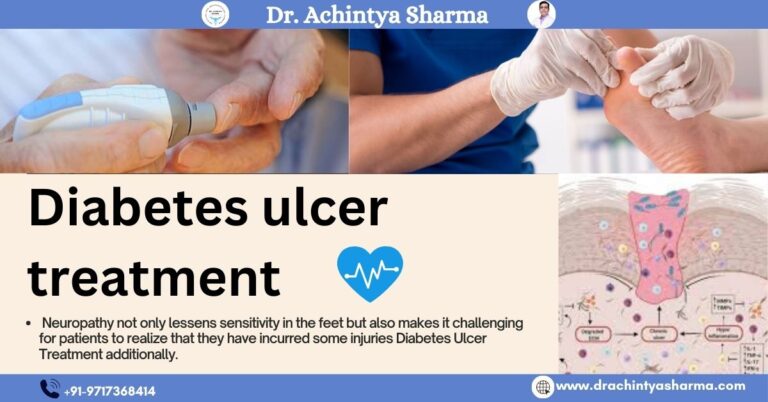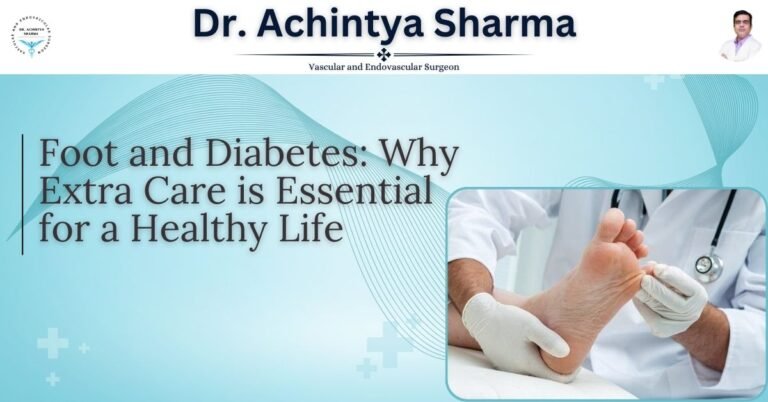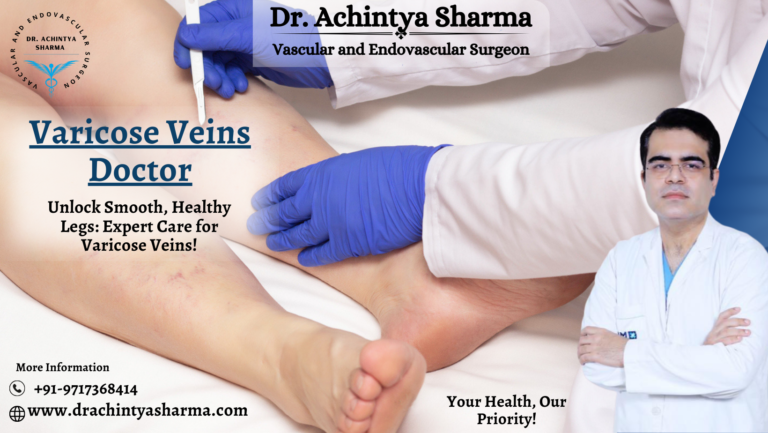Vascular trauma is a serious medical condition that occurs when blood vessels—arteries or veins—are damaged due to injury. These injuries can lead to life-threatening complications if not treated promptly. Vascular trauma isn’t just about a cut or bruise—it can silently trigger internal bleeding, blood clots, or even organ failure if left unchecked. From high-impact accidents to surgical mishaps, these injuries demand urgent attention. Stay with us as we uncover the hidden dangers, warning signs, and life-saving treatments behind this critical condition.
What is Vascular Trauma?
Vascular trauma refers to any injury that affects the arteries or veins, which are responsible for carrying blood throughout the body. When these blood vessels are damaged, they may bleed excessively, form blood clots, or become blocked, restricting proper blood flow to vital organs and tissues.
Since blood vessels transport oxygen and nutrients, any disruption can cause serious complications. If an artery is injured, it can reduce oxygen supply to organs, leading to tissue damage or even organ failure. If a vein is damaged, it can lead to swelling, clot formation (deep vein thrombosis – DVT), or poor circulation. Severe vascular injuries can be life-threatening, especially if they result in uncontrolled bleeding or blocked blood flow to critical areas like the brain, heart, or limbs.
What’s Damaging Your Blood Vessels? Shocking Causes of Vascular Trauma!
- Blunt Force Trauma – Ever wondered how a simple fall or car crash could silently damage your blood vessels? A hard impact can crush or tear veins and arteries, leading to hidden internal bleeding and dangerous clots.
- Penetrating Injuries – A knife wound or bullet might not just break the skin—it can sever vital blood vessels, causing rapid blood loss and life-threatening complications. Who knew a tiny cut could be so deadly? Stab wounds, gunshots, or sharp objects can directly damage arteries and veins.
- Medical Procedures – Even life-saving treatments can backfire! Sometimes, a simple catheter insertion (catheter insertion is a procedure where a thin tube is placed in the body to drain fluids or deliver medication, commonly used for urine removal or blood access for treatments) or surgery can accidentally injure blood vessels, leading to unexpected bleeding or dangerous clots.
- Fractures & Dislocations – Did you know a broken bone can do more than just hurt? A sharp fracture or joint dislocation can pierce or block blood vessels, cutting off circulation and risking tissue death!
Warning Signs Your Blood Vessels Might Be in Trouble!

Vascular trauma symptoms depend on the severity and location of the injury. Common warning signs include:
- Uncontrolled Bleeding – External wounds may result in heavy bleeding.
- Swelling & Bruising – Damaged vessels can cause blood to leak into surrounding tissues.
- Cold or Pale Skin – A blocked artery may reduce blood flow, making the skin cold or discolored.
- Weak Pulse – A weak or absent pulse near the injury site suggests a severe blockage.
- Pain & Numbness – Restricted blood flow can lead to pain, tingling, or loss of sensation in the affected area.
Diagnosis & Treatment of Vascular Trauma
🔍 Diagnosis: Imaging tests like ultrasound, CT angiography, or traditional angiography are used to assess blood vessel damage.
Treatment Options:
- Direct Pressure & First Aid – For bleeding wounds, applying pressure can help control blood loss.
- Surgical Repair – Severe injuries may require surgery to stitch, replace, or bypass damaged vessels.
- Blood Thinners & Medications – To prevent clotting, doctors may prescribe anticoagulants.
- Endovascular Procedures – Minimally invasive techniques like stenting can help restore blood flow.
For expert vascular care, Dr. Achintya Sharma provides advanced, painless treatments to keep your veins and arteries healthy.
Preventing Vascular Trauma
- Wear protective gear during high-risk activities (sports, motorcycling, construction work) to prevent direct injuries.
- Follow safety guidelines while handling sharp objects, heavy machinery, or firearms to avoid accidental cuts or wounds.
- Seek immediate medical help for fractures, deep wounds, or circulation problems to prevent complications.
- Stay active and exercise regularly to keep blood vessels healthy and reduce the risk of clot formation.
- Avoid smoking and excessive alcohol consumption, as they weaken blood vessels and increase clotting risks.
- Control underlying conditions like diabetes, high blood pressure, and cholesterol, which can make blood vessels more fragile.
The Takeaway: Why Vascular Health Should Be Your Priority!
Vascular trauma is a critical condition that requires urgent medical attention. Whether caused by accidents, medical procedures, or underlying health conditions, damage to blood vessels can lead to severe complications, including blood loss, clotting disorders, and even life-threatening blockages. Early recognition of symptoms—such as uncontrolled bleeding, swelling, numbness, or cold skin—and quick medical intervention can save lives and prevent long-term complications like organ damage or amputation.
If you or a loved one is experiencing vascular issues, consulting an expert is crucial. Dr. Achintya Sharma is a leading specialist in vascular care, offering advanced, painless treatments for both vein and artery health. With cutting-edge techniques and a patient-first approach, Dr. Sharma ensures optimal vascular health with minimally invasive procedures.




